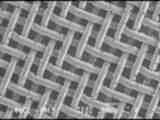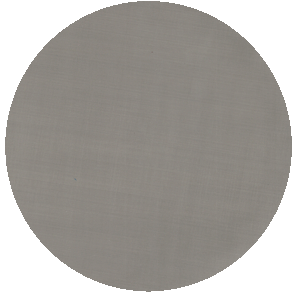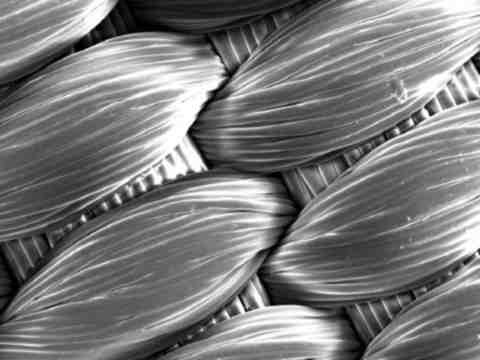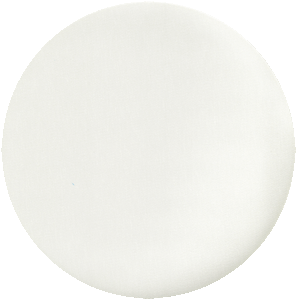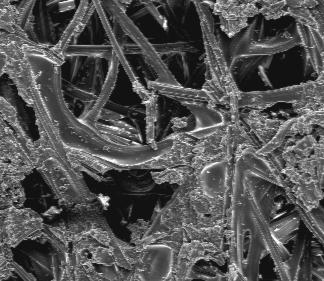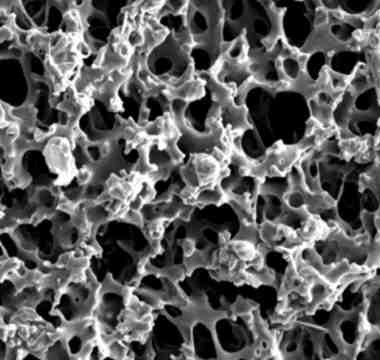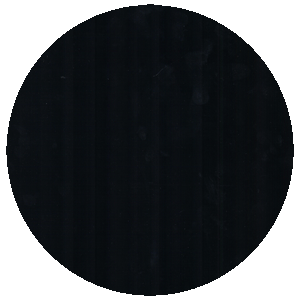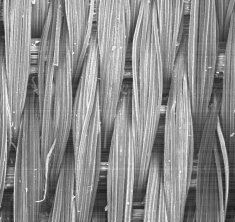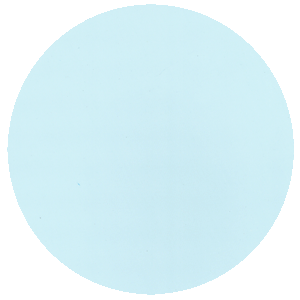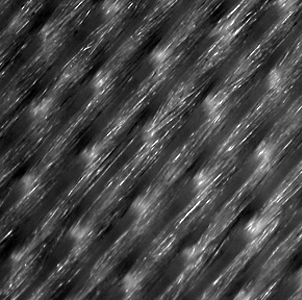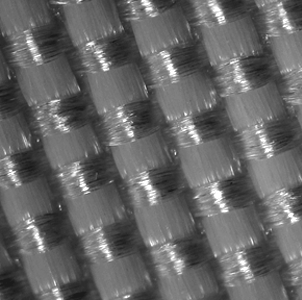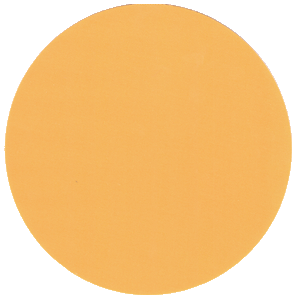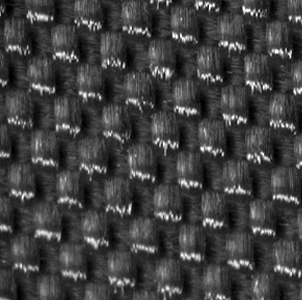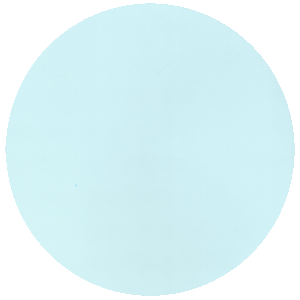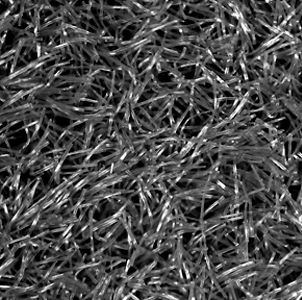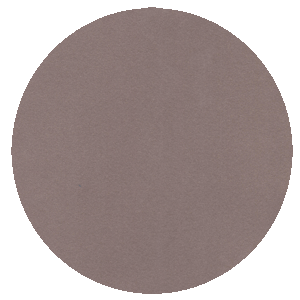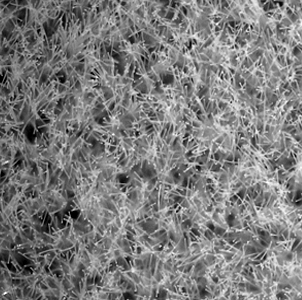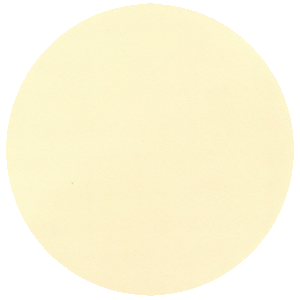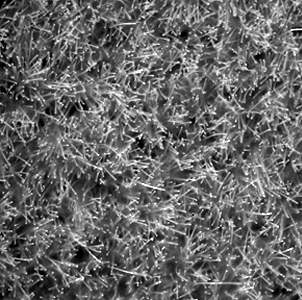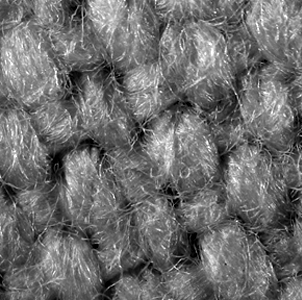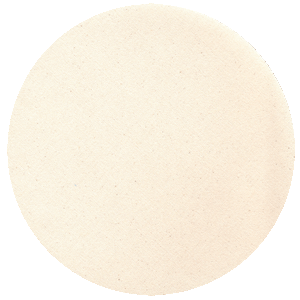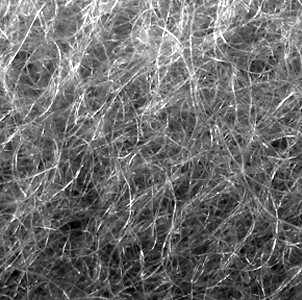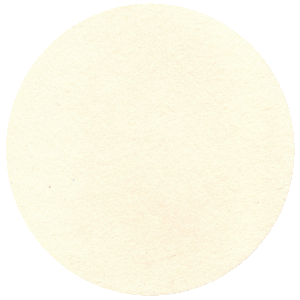Metallographic Polishing Pads / Cloths
PACE Technologies offers a wide range of metallographic polishing pads and cloths engineered to deliver superior surface finishes and consistent results. Our consumables support both rough and final polishing stages, ensuring optimal flatness, minimal artifacts, and enhanced reproducibility. Suitable for use with a variety of polishing suspensions, these pads are ideal for preparing samples for microstructural analysis across multiple material types.

Key Tips for Polishing Pads
- Choose the Right Texture: Use soft pads for final polishing, harder ones for rough stages.
- Match with Suspensions: Pair with alumina, diamond, or colloidal silica as needed.
- Back for Your Setup: Pick adhesive or magnetic backing based on your platen type.
- Use Across Materials: Suitable for metals, ceramics, and composites.
View in our shop:
More Info on the Magnetic Pads
More Resources:
Introduction
Selecting the right metallographic polishing pad is essential for achieving precise, repeatable surface finishes in sample preparation. Pads vary in nap height, backing type, and material composition, which impacts abrasive support, flatness, and edge retention. Low-napped pads paired with diamond abrasives are used in rough polishing to remove grinding damage, while high-napped cloths and fine abrasives like alumina or colloidal silica are ideal for final polishing. Choosing the correct pad minimizes artifacts such as edge rounding, relief, and smear, ensuring accurate microstructural analysis.
Polishing Pad (PSA) Selection Guideline
Process Description
Polishing typically involves two stages: rough and final. Rough polishing removes deformation from grinding using low-napped pads and polycrystalline diamond abrasives. Final polishing uses high-napped cloths and finer abrasives such as alumina or colloidal silica to eliminate minor defects. Excessive polishing can cause artifacts like relief, edge rounding, and smear, so polishing time should be minimized.
Minimizing Polishing Artifacts
To reduce edge rounding, phase relief, smear, and grain pull-out:
- Minimize sectioning and grinding damage upfront
- Use the finest effective abrasive at each stage
- Ensure polishing plates are flat (≤2.5 µm runout for 8" plates)
Recommended Procedures
- Place pad on a flat lap plate
- Pre-charge pad with abrasive suspension, paste, or powder
- Apply appropriate lubricant
- Begin polishing with reduced force to avoid tearing
- Clean specimen and pad during the last 10–15 seconds
- Clean and dry specimens thoroughly
Troubleshooting
| Symptom | Cause | Solution |
|---|---|---|
| Coarse Scratching | Contamination on polishing pad | Replace pad with a new one |
| Tearing of Pad | Excessive force or poor lubrication | Reduce force and improve lubrication frequency |
| Excessive Relief / Edge Rounding | Improper pad selection or prolonged polishing | Use appropriate pad; shorten polishing time and reevaluate prior steps |
